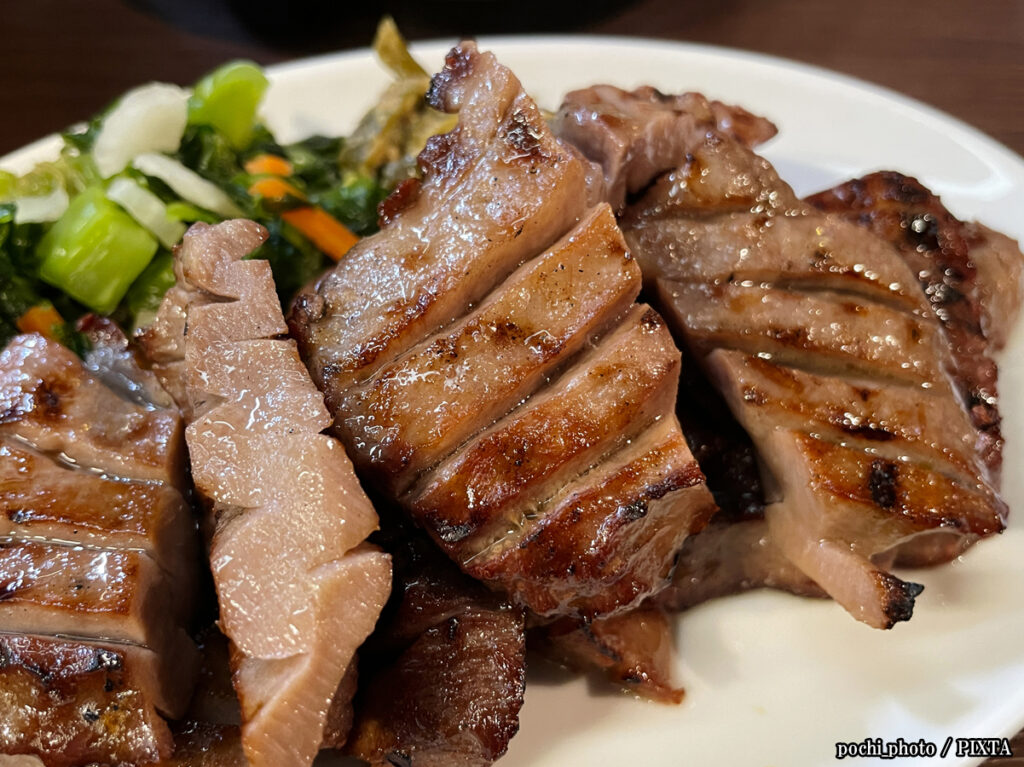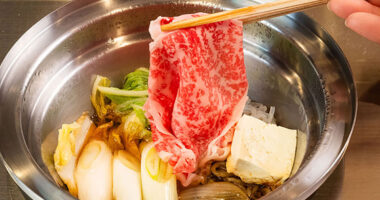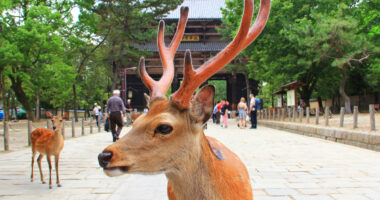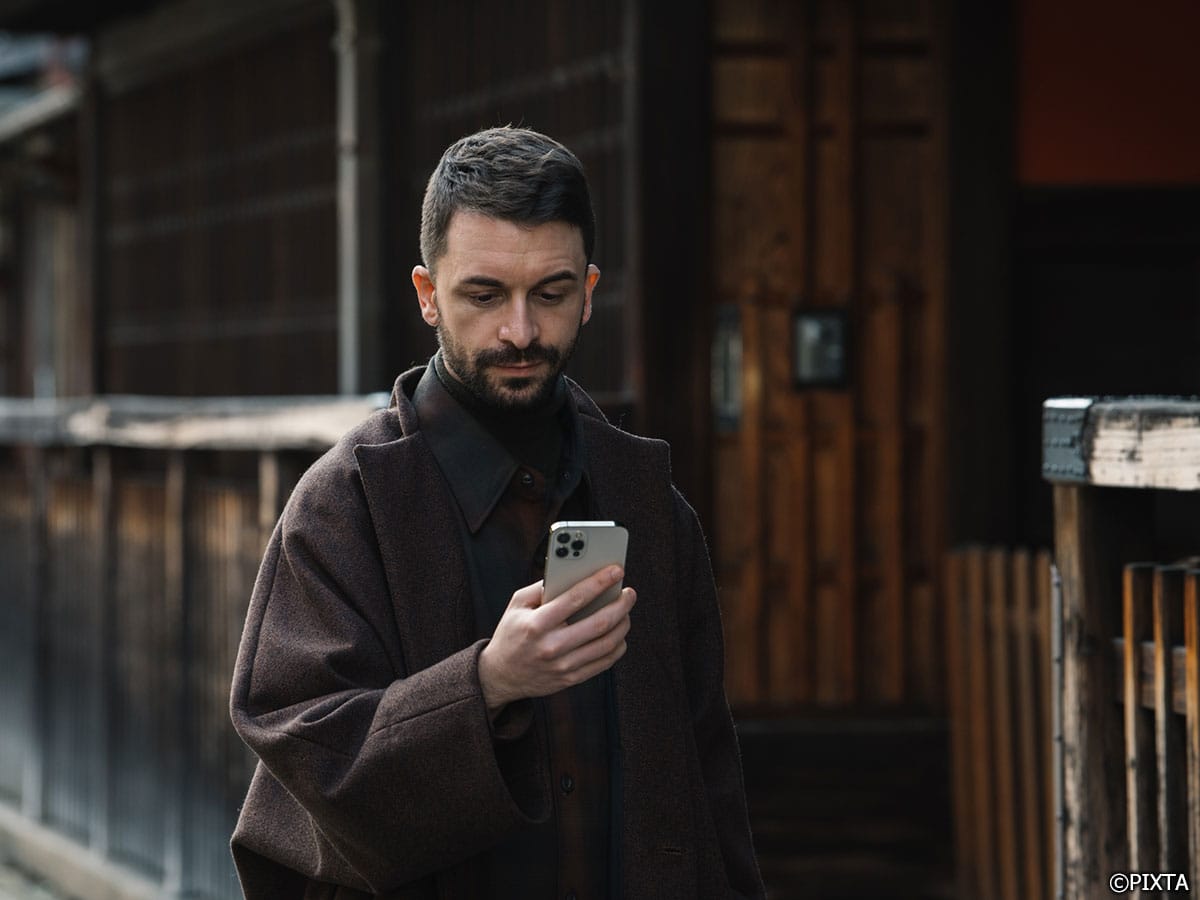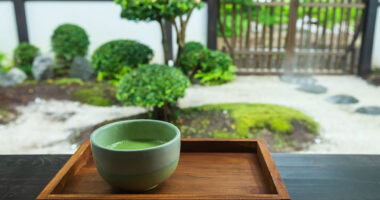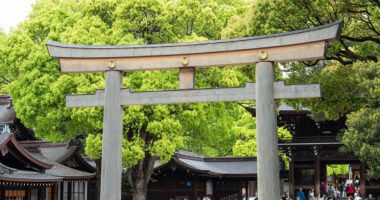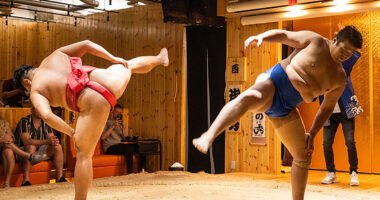Introduction: Sendai’s rich food culture
Sendai, the capital of Miyagi Prefecture, is home to a food culture shaped by local ingredients, seasonal traditions, and postwar innovation. From hearty grilled meats to delicate edamame sweets, the city serves up a mix of comforting staples and local creations rooted in Sendai’s history and flavors.
Top local specialties
Gyūtan
Gyūtan, or grilled beef tongue, is perhaps Sendai’s most iconic regional specialty. Thin slices of tongue are seasoned and grilled to perfection (traditionally over an open flame), giving the meat a smoky undertone and satisfyingly chewy texture. Typically served as a set meal with rice, soup, and pickled vegetables, gyutan first gained popularity a few years after World War II, when a Sendai chef began experimenting with beef tongue—a cut that was rarely eaten in Japan at the time—and turned it into a signature dish.
Zunda mochi
Zunda mochi is a beloved Sendai sweet made of mochi (soft, pounded rice cakes) topped with a bright green paste called zunda. Made from mashed edamame (young soybeans), the paste has a naturally sweet and slightly savory flavor. You’ll also find zunda flavor used in modern treats like shakes and ice cream.
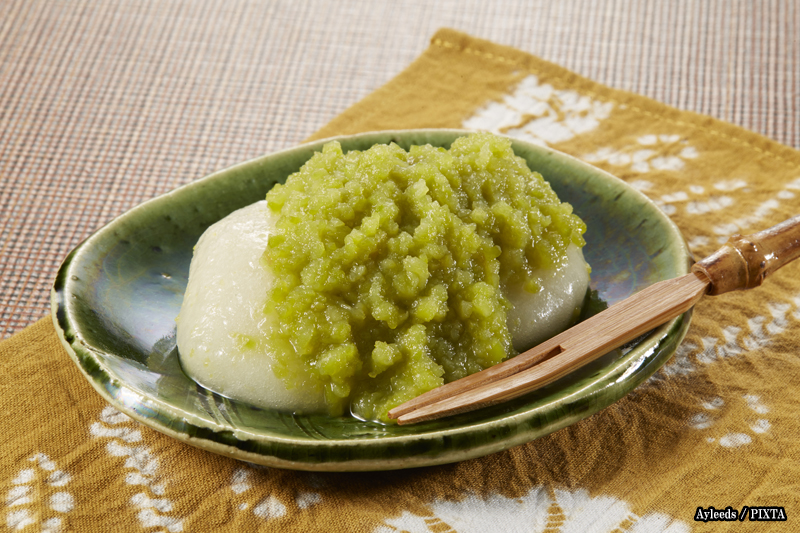
Photo for illustrative purposes
Sasakamaboko
Sasakamaboko is a type of kamaboko steamed fish cake which is molded into the shape of a sasa (bamboo leaf), a unique trait distinguishing it from other varieties. Made from finely minced white fish, this Sendai specialty has a firm texture and a clean, delicate taste. It can be enjoyed on its own as a snack or used as a savory addition to other dishes.
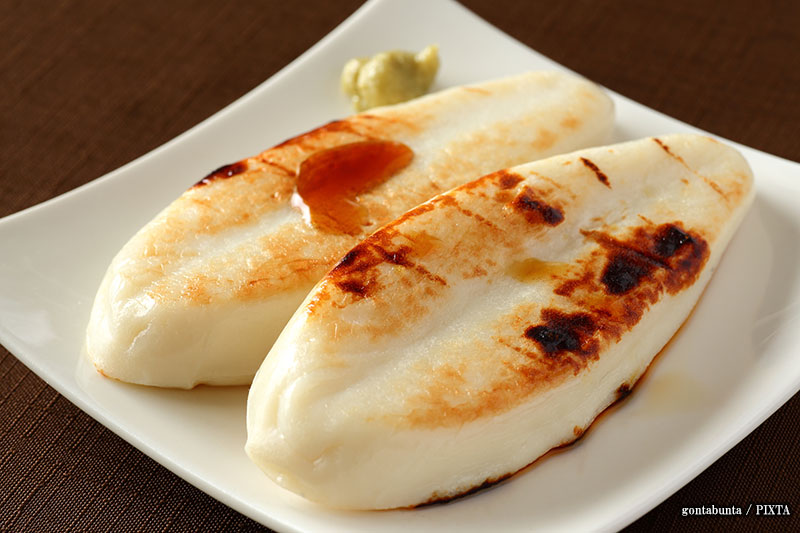
Photo for illustrative purposes
Sendai miso
Sendai miso is a local variety of miso (fermented soybean paste) known for its dark color and bold, savory flavor. Produced in the region for centuries, it remains a staple seasoning in everyday cooking, especially in miso soup, stews, and marinades. Its robust flavor gives dishes a satisfying hit of umami and has earned it a lasting place in the city’s culinary tradition.
Where to find them
These Sendai specialties can be found in various eateries throughout the city.
- Gyutan: Specialty gyutan restaurants are easy to find in central Sendai, especially near train stations and shopping districts. You’ll also see it on the menu at many izakaya (Japanese gastropubs).
- Zunda mochi: Zunda mochi and other zunda-based sweets are sold at traditional sweet shops, souvenir stores, and train stations throughout the city.
- Sasakamaboko: Look for sasakamaboko at fish cake specialty stores and local souvenir shops. They’re also available in some supermarkets and convenience stores.
- Sendai miso: You can purchase Sendai miso at grocery stores and specialty shops. It’s also featured in miso soup in local restaurants as well as regional specialties like shiso maki.
Dining tips
- When ordering gyutan, look for the term gyutan teishoku (牛タン定食) on the menu, which refers to the aforementioned set meal that usually includes grilled tongue, rice, soup, and pickles.
- Zunda sweets are typically labeled with the word zunda, easy to recognize as either “ずんだ” in hiragana or “ズンダ” in katakana (the two phonetic syllabaries of the Japanese language).
- Sasakamaboko is often sold in boxed sets, making it a popular option for souvenirs.
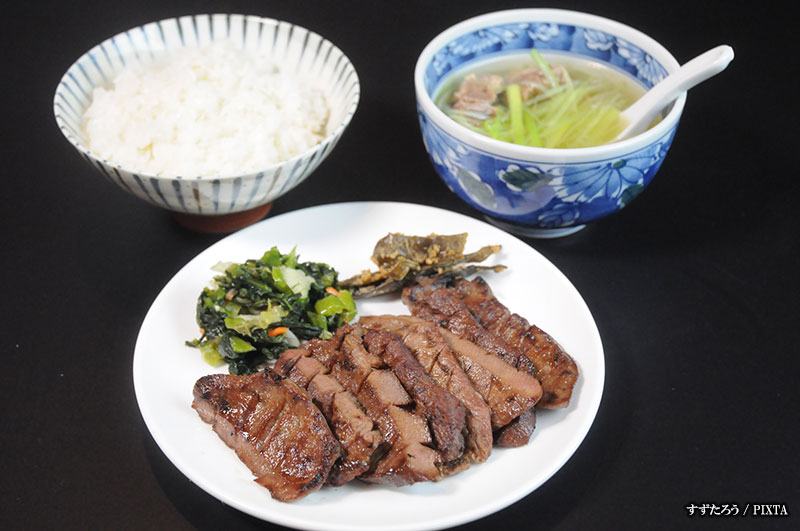
Photo for illustrative purposes
Final thoughts
Sendai’s local food scene is a flavorful journey through tradition and creativity—from the smoky richness of gyutan to the vibrant sweetness of zunda mochi. Whether you’re dining in a gyutan specialty restaurant or picking up sasakamaboko at a souvenir shop, Sendai’s culinary specialties are easy to enjoy and even easier to fall in love with. If you’re planning a trip to Tohoku, make sure these regional treats are part of your itinerary—they’re some of the best things to eat in Sendai.
